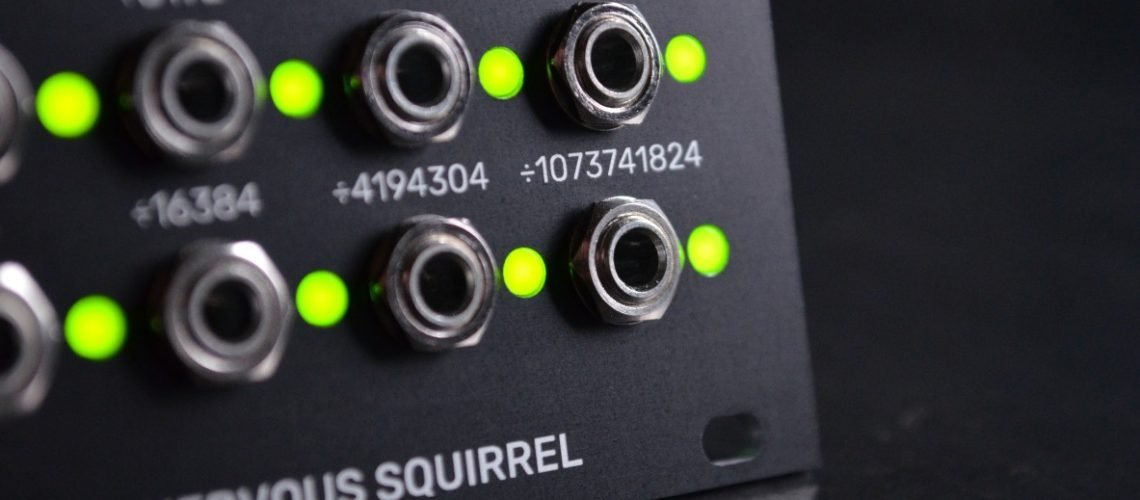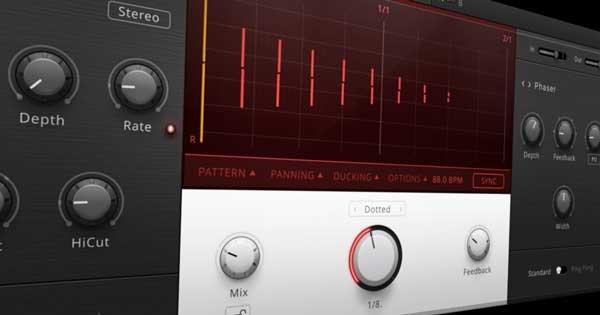Ever wanted a Eurorack module that divided down by 1,073,741,824? Or how about a 3-axis controller with a 3 meter-long string you yang out of the module? Nervous Squirrel, the esoteric instrument inventor who brought us a musical leg and a voltage source powered by uranium, is back.
Nervous Squirrel is inventor/creator David Cranmer, and you can bet all the stuff he’s working on his wondrous.


First, String Thing: it’s a 3-axis Eurorack controller with a selection of knobs to dial in exactly what you need. There’s a 3m retractable string with a ring at the end; pull that out, move it around, and you get large, expressive gestures you can translate to voltage. If this sounds familiar, the Gametrak video game peripheral used mechanical tracking with an extended cable – the same apparatus as is applied here. (Here’s an example by composer Jeffrey Stolet; I just fixed the video embed.) But it’s hard to find Gametrack controllers these days as far as I know, and nice to see the concept applied to Eurorack.
Also, major kudos for fitting this kind of mechanical design into Eurorack.
String Thing [shop link]
Then there’s Zeno’s Paradox, a divider module for both clock signals and audio rate signals with a big array of output jacks. It starts reasonably normal, and then… well, then it gets up into a divide down of more than one billion.


That’s a novelty, but there’s a story:
This module was very much inspired by Arthur Ganson’s “Machine with Concrete”, pictured below. This fabulous sculpture involves a motor driven chain of reducing worm drives, ending with the last shaft set in concrete…
When the module is used as a clock divider, it can be useful as a method of generating timed events that happen occasioanlly, or very occasionally.
The module can be used as a sub oscillator if a clean audio rate wave is fed into the clock input. The input can be any repeating wave shape, and will produce a series of square wave outputs, each one octave below the other.
Feeding other audio sources (drums etc) into the clock will produce crunchy lo-fi oddness from the outputs.
Patching white noise into the clock input produces a series of increasingly filtered noise sources at the outputs.
A clock signal input at a frequency of 1Hz causes the last LED to flash about once every 34 years. Chaining two modules with 1Hz in the first input causes the last LED to flash after around 37 billion years. 3 modules = around 39 quintillion years, 4 modules = around an undecillion years (1,329,227,995,784,920,000,000,000,000,000,000,000).
The clock input can however respond to frequencies up to around 18kHz, creating a good range of useful activity across the outputs.
As a big Arthur Ganson fan, this is also an excuse to share that work:
https://www.arthurganson.com/concrete-1
Plenty more where these came from – the whole site is a fun browse:




